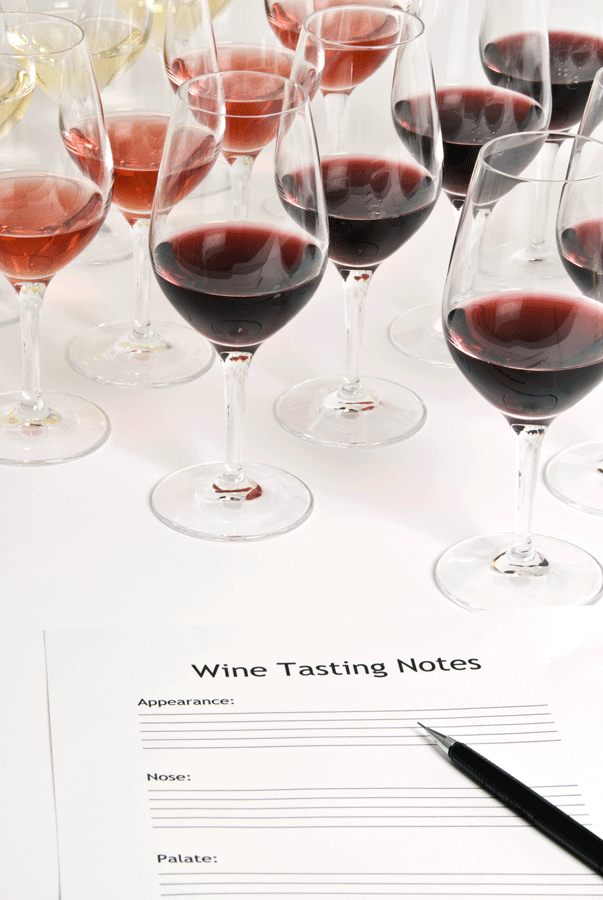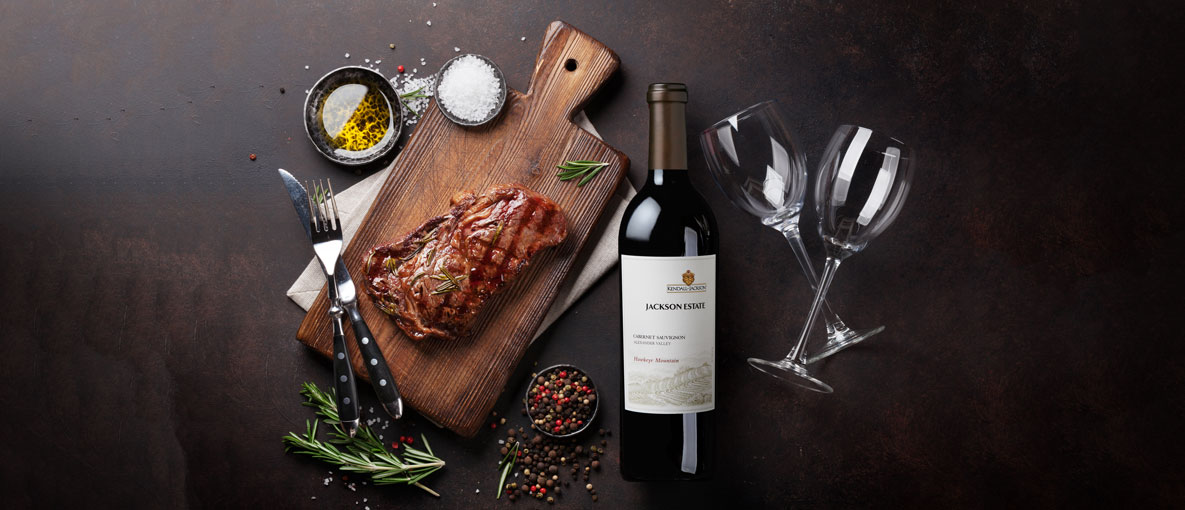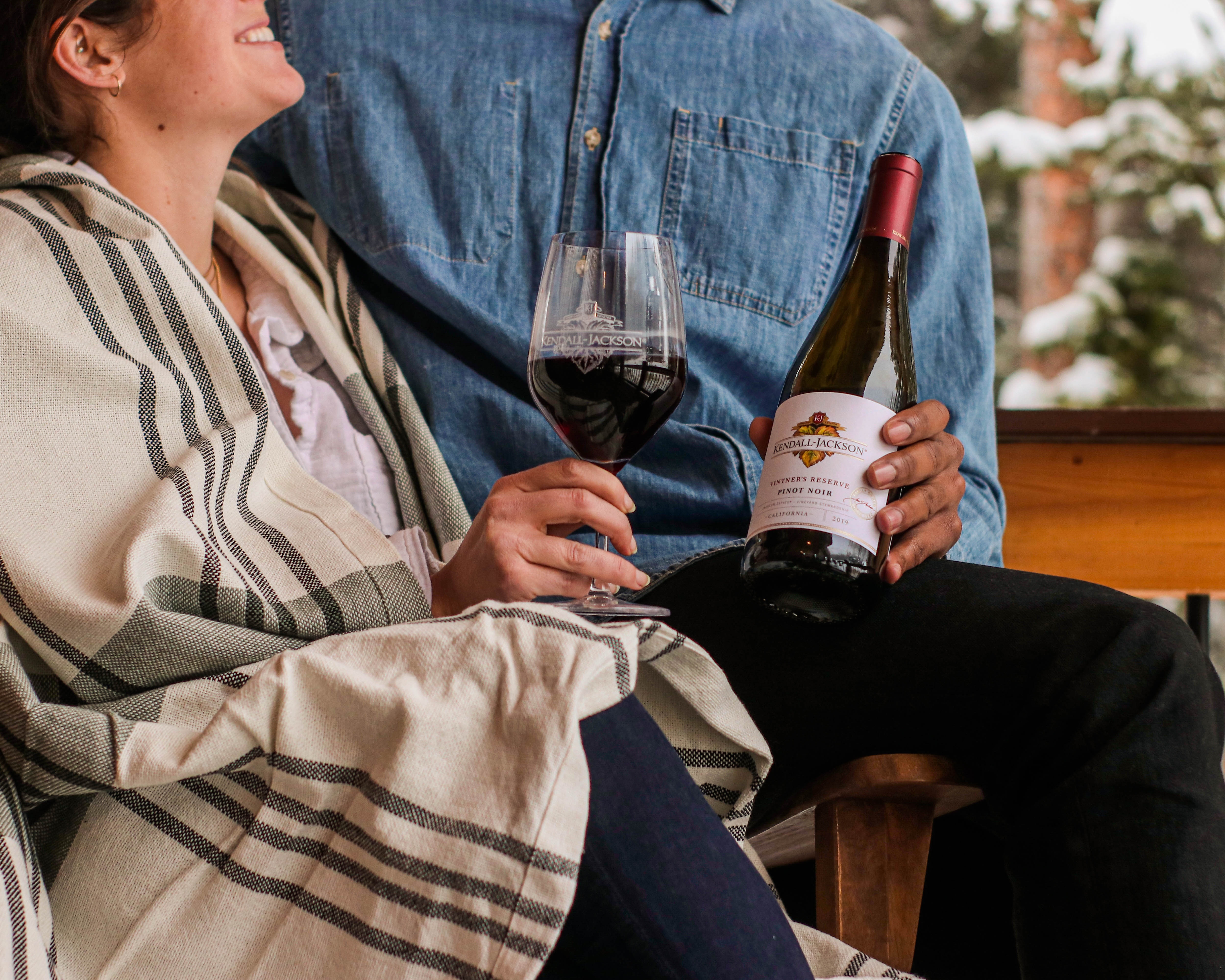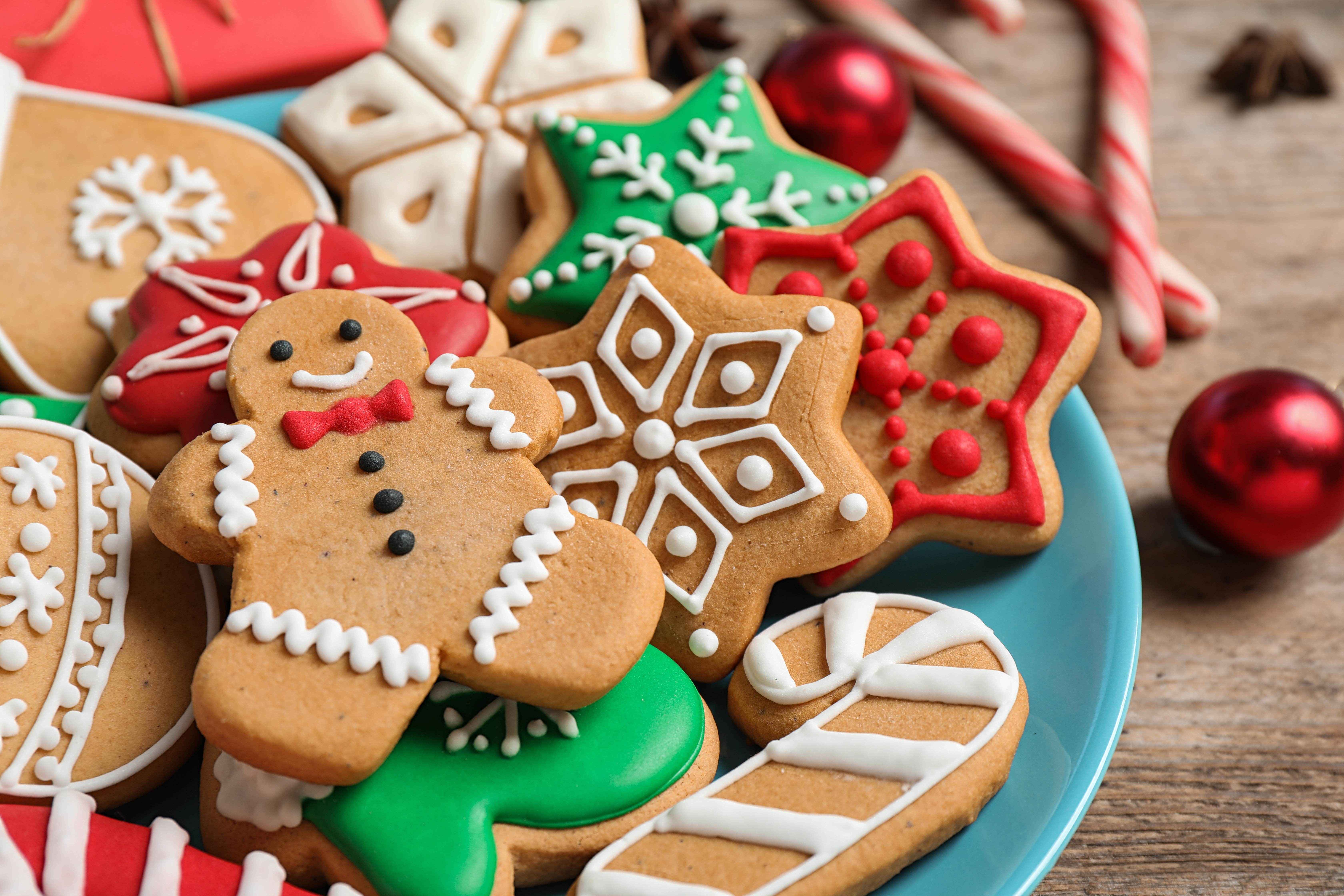How to Write Memorable Wine Tasting Notes
Richard Branson of the Virgin empire is famous for his fondness for taking notes. He says, “If you don’t write your ideas down, they could leave your head before you even leave the room.”
He’s write right. Yet the exercise of writing notes, including memorable wine tasting notes, is more than putting pen to paper or thumbs to screens. It is about noting something meaningful beyond today and tomorrow.
Tasting notes for wine need to satisfy the end user. Unless you are taking a wine exam, nothing specific is required. It is your memory of the wine. Whatever is most relevant, most distinguishing to you is what is most important. Finally, it’s not just why and what you note, it is how and where you note it.
Why Write Wine Tasting Notes?
There are plenty of reasons to write wine tasting notes. They help us remember which wines we loved, which we thought were drinkable and which we never want to taste again. (I like to use “DNPIM”, “Do Not Put In Mouth”, for the last one.)
For your wine scribbles, sketches or whatever they look like, you don’t have to taste like a wine pro or write a complex tasting note. However, there are wine tasting basics and wine note taking steps that can maximize your potential for remembering – even vividly – a wine you tasted, even if you come back to your notes months or years on.
Tasting notes on wine aren’t just about aromas, tannins and so on. Sometimes they’re about an important difference you have tasted or been told about between wines grapes, vintages, winemaking techniques or vineyard sources.
While the memory of tasting a few wines may well stick around for several days or even a few weeks, when you taste many wines in a relatively short period of time (or many wines frequently, like wine pros), they can be hard to accurately remember down to the last detail. Naturally, the best and worst wines almost always stick out. However, the vast majority of wines fall somewhere in between. That is why taking memorable wine tasting notes is helpful and even important.
Remembering wines is more than a memory game. First, you have to focus. If you are tasting a lot of wines, the sheer act of tasting can be tiring between the sensory overload of (hopefully) delightful flavors compounded by the alcohol. A commonly used phrase among enthusiasts and professionals alike is, “My palate is tired.” In fact, our noses and taste buds don’t tire; our brains do.
This is particularly true when we are trying to distinguish between many wines that have similarities. Line up glasses of Sauvignon Blanc, Chardonnay, Syrah and Cabernet Sauvignon, and the distinctions between the wines will be much easier to note than four Chardonnays. Make those four Chardonnays from the same region, all made the same way but each with grapes sourced from different single vineyards and the wine note taking will be much more challenging.
How to Take Memorable Wine Tasting Notes
Whether you are writing white wine tasting notes, red wine tasting notes or even sparkling wine tasting notes, developing these six points on your wine tasting notes sheet will help you craft a memorable wine tasting note.

I found that by creating a mini wine tasting note template in my notebook for each wine, I don’t miss an important aspect that I will later wish I had. I don’t have time to go back and read everything I am writing, so I put key indicators in the corners of each note. I don’t sketch an actual template for the wine, but I know that I need to see certain things quickly to know I got that job done. When I glance down and see that those notes are in place, I know that I’ve got a full note. Decide what you most want to know and write all of your notes in the same format, and you’ll see how quickly you can interpret your notes when you go back to them.
Below is a wine tasting guide for writing great wine tasting notes. This serves as a good list for wine tasting notes for beginners that can be adapted over time. Of course, what will be most memorable is the flair that you add that makes each wine the most distinguishable for you when you comb back through your notes.
Flair takes all sorts of forms. Does the wine remind you of an actor, a composer, a fashion designer? Would you drink that wine with a specific song or musical artist? Use whatever it takes to make your encounter with a wine more concrete.
Wine Details
Start with the basics and jot down the producer, the wine’s full name, the region of origin, its grape variety or varieties, its price and maybe its alcohol percentage.
Also, note anything interesting with regard to its history, change of winemakers, vineyard elevation, vineyard soil type and such. Those kinds of details can sometimes be the memory trigger when a set of tasting notes all sound extremely similar upon review. Just don’t get so caught up writing down fascinating information about the wine that you don’t leave yourself time to fully assess the wine.
Appearance
Wine appearance today is less important than it once was thanks to our much-improved understanding of viticultural and winemaking practices. Unless I am writing a professional wine tasting note where color is expected, I only note the appearance of still wines when they are unusual. That is, I would note a wine that is very pale or dark given its grape varieties. If a wine is cloudy, I might note that the wine is unfiltered or possibly going through another fermentation. If I am tasting an older white or red wine, I might note how its color has become darker and more golden in a white wine tasting note or more brick-colored and paler in a red wine tasting note. I frequently note the appearances of rosé wines and sparkling wines as those can be much more diverse in the glass.
Aromas/Flavors
Aromas and flavors are the same thing. Even when we think we are tasting the flavor of raspberries, we are really only smelling raspberries. Humans only taste sweet, salty, bitter, sour and umami. See “Structure” below for noting those aspects.
While this category is but one aspect of a wine, it is generally the one where tasting note writers obsess the most. It’s a berry, but which kind of berry? Is that coffee (beans or grinds) or dark chocolate?
Note four or five aromas, but leave time to note the rest of the wine. Also, be sure to have a wide array of vocabulary on hand and think about fruits, flowers, spices, etc. in advance. Otherwise, you might wind up with a page where every wine tastes like plums and mocha. That likely won’t end up as a memorable wine tasting note.
Within the fruit family, consider thinking of fruits within each of these sub-categories. Here I have listed them in approximate order of increasing sugar levels:
- Citrus (lemon, grapefruit, kumquat)
- Melons (honeydew, cantaloupe)
- Pit Fruits (white peach, nectarine)
- Seed Fruits (pear, apple)
- Tropical Fruits (passion fruit, mango)
You can do this with other categories of aromas to tease through other wine nuances. Consider baked goods notes, savory spices, nuts, trees and flowers and minerals and earthy.
Other things to note in the aromas and flavors are whether they are subtle or powerful and whether or not they change in the glass.
Structure
A wine’s structure is composed of many parts. It includes acidity (the refreshment), tannins (the dryness - particularly for red wines, though they can be found in whites and rosés), body, alcohol and texture.
For wine tasting basics, an easy way to note structure elements is to go with a simple low-medium-high scale for each of these structure points. You can introduce pluses and minuses to modify these basic gradients.
Finish
The finish of a wine is how long the wine’s taste remains on your palate. It stems from the wine’s flavor concentration balanced by its overall finesse. The longer the finish of a wine, the higher the quality of the wine.
Overall Impression/Rating
Many wine note takers find it useful to sum up their overall impression with some final indicator or rating. That could be a number of stars (or wine glasses – choose your emoji), a numerical rating or some other personal indicator. The point is to have a way to go back and distinguish between your two or three favorite wines amongst many and, even if their notes read almost equally positively, know for certain which you thought was better in the end.
Where to Take Memorable Wine Tasting Notes
Whether you like old school pen and paper, your smart phone (using a notepad or a voice recorder) or a tablet or other electronic device, there are all sorts of ways to collect notes and file your memorable wine tasting notes. It’s often helpful to have more than one way to take notes. For example, it’s not always practical to bring your laptop.
While your own tasting notes are first and foremost for you, there are ways to share them online, too. Apps like Vivino and Delectable are great places to file away your wine notes. There are two excellent benefits to these apps, too. They use label recognition to help you record the wine, so you can easily pull up that label you want to describe to your favorite wine store salesperson, and they also allow you to find stores near you where you can purchase your favorite wines.
How to Taste Wine Like a Pro
It may seem to go without saying, but make sure your palate is primed so that you are ready to write memorable wine tasting notes. Did you just finish your blueberry crumb coffee cake, cup of coffee or mint? Have a few sips of water or, better yet, a bite of something neutral like a plain baguette, water cracker or celery to clear your palate. You can also just calibrate with your first sip of wine, knowing that it will surely taste odd because of what was last in your mouth. Start your wine notes with the second sip.
There is one last thing you can do to taste like a real pro. Taste with an open mind, considering that a wine can be very well made but not to your liking. With diligent tasting, you absolutely can taste and appreciate the difference. Look for the balance and the finish!
Once you have fine-tuned how to taste wine properly with these wine tasting tips above, you may be ready to set up a deductive wine tasting, also called a blind wine tasting, for fellow enthusiasts. Here is a how-to-taste-wine checklist for creating a deductive wine tasting on your own.
If you’d like to share your memorable wine tasting notes with us, we’d love to read them here!
Christy Canterbury is a Master of Wine, journalist, speaker and judge based in New York City. In 2014, she was short-listed for the Roederer Online Wine Communicator of the Year Award. Her work has been published in Decanter, Wine Enthusiast, Edible Green Mountains, Wine Searcher, Food Arts, Snooth, Beverage Media, TimAtkin.com, Civiltà del Bere, Wine Business Monthly, TASTED, Selectus Wines and in other outlets.



